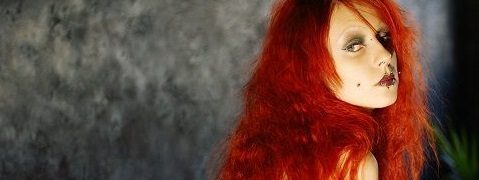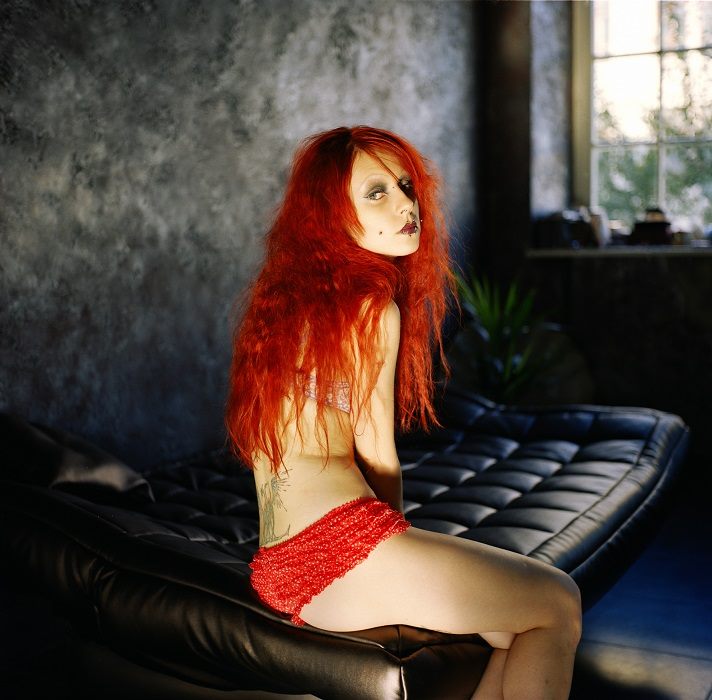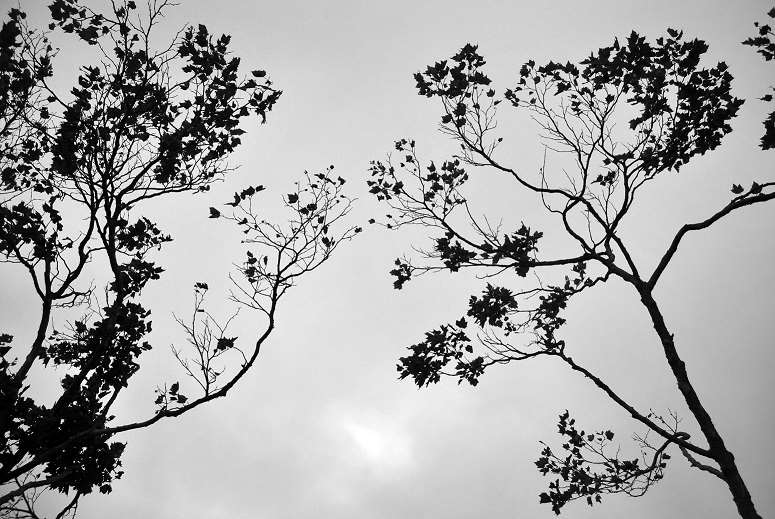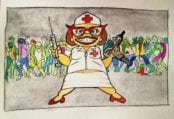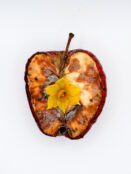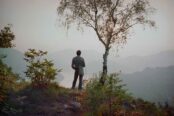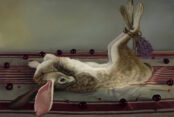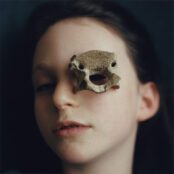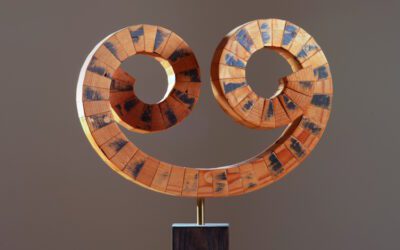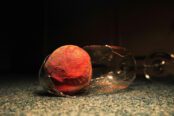[dropcap style=”font-size:100px; color:#992211;”]P[/dropcap]rozac – once the blisterpacked wonderdrug billed to relieve the downheartening effects of prescribed productivity and conspicuous consumption. Later decried as another addictive incarnation of the mother’s little helper.
Trebuchet’s Faten Hakimi elaborates on her upcoming curation of PROZAC – an online exhibition of photo-based artwork from four international artists.
“Every single man is but a blind link in the chain of absolute necessity by which the world builds itself forth. The single man can elevate himself to dominance over an appreciable length of this chain only if he knows the direction in which the great necessity wants to move and if he learns from his knowledge to pronounce the magic words that will evoke its shape.” – Hegel
But how do we pronounce these magic words? Are we innately predisposed towards achieving this higher level of existence? If a blink of an eye lasts about 300 milliseconds, we spend that one third of a second in blindness and throughout our waking hours we are continuously travelling back and forth between the real world and the darkness of the imaginary.
We constantly struggle with being submissive to the mechanism of reality and being driven to evoke its shape. Our struggle is that of modern existence. And we try to raise ourselves from the nothingness modern man has become, not through the ability to change history or its direction, but through the power of reshaping it and re-imagining it.
Sometimes we lose ourselves in this process. We find ourselves in a strange place and we question our identity. We feel detached and our perceptions of the boundaries between the real and the unreal, between the self and the other, become blurred. We start to write with a different handwriting. Isn’t this what is diagnosed as a dissociative disorder? Do we all suffer from it to some degree at some stage in our lives? And where do we find our answers?
I curated this show to bring together the work of four very different artists addressing these same questions. They are each at different levels in their artistic development and studio practices. Yet once their work is put together, side by side, they establish not only a cultural dialogue but also a dialogue between different sensibilities. While medical experts might prescribe selective serotonin inhibitors to treat the symptoms associated with dissociative disorders, these artists use their art.
Art becomes their, and our, Prozac : the magic words we need to pronounce.
Olya Ivanova (Russia):
Ivanova is an artist to look out for. I came across her work in July during a group exhibition in London and fell in love with it. I chose to include five portraits from her Weirdo series, shot between 2009 and 2012. Her work is real, honest, evocative and composed with effortless precision. In her own words :
“This project is about the complexity of adolescent identity… they feel like aliens and freaks and try to show their otherness to the world. They often change their look as if they want to escape from themselves. So at some point it becomes difficult to understand who they actually are. The boundary between joy and sadness, innocence and perversity, real and unreal, as well as reality and fiction becomes very vague.”
Ivanova was also a finalist at the Asian Women Showcase in Thailand in 2013. She graduated from the Institute of Contemporary Art (Moscow) in 2014.
Sepa Sama (USA):
Sepa, through his artwork, has become a friend whom I have never met. He has taken nearly half a million pictures as a daily practice and he tries to connect to people and colleagues via this medium as a form of conversation and search for meaning. He has been living in exile for more than ten years and was forced to reinvent himself multiple times but one thing that he tries to keep as a thread is seeing; perception.
The magic words are not only pronounced through the poetic soliloquies his images represent, but also through his practice as an artist. His images are the calm after the storm and the little gasps of air we reach for during a panic attack. They allow us to see more and to question more; who we are, where we are, and in what direction are we moving.
Sepa is a visual artist, researcher, organiser, and listener. He studied Architecture and Design at UCLA.
Colleen Morice (UK):
I have included two images from Morice’s portfolio and they are the hidden gem of this show. These images do not expose us directly to an identity struggle but they express the feelings associated with it. Feelings of displacement, loss, turmoil, and if you look long enough, possibly pain. Influenced by the surrealist Man Ray, Morice says
“The lips are inspired by the shapes of those of the geisha, while the line is representing a tribal origin. The young girl is an amalgamation of origins and she is already starting to display her beauty in a way that is merging her distinctly different origins, and yet there is a hint of confusion as to how she wants to express herself.” The question of identity arises again, and in Morice’s images its expressed with utmost sensitivity and hidden emotion.
Colleen graduated from ESAG Penninghen in 2007.
[button link=”http://www.fatenhakimi.com/gallery/4585965036″ newwindow=”yes”] View PROZAC[/button]
Faten Hakimi, Artist and Fine Art Consultant, MA Fine Art City & Guilds www.fatenhakimi.com

